He planted mostly stone fruit and citrus and, like most people, decided synthetic fertilizers would be the way to keep the plants happy and producing fruit. What he probably didn't know was that over time, synthetic fertilizers build up the amount of salts in the soil, one of plants worst enemies.
When salt dissolves in water, the ions separate and plants absorb the chloride ions. This makes it difficult for plats to uptake water creating drought-like conditions, even when ample water is present. Excessive sodium in the soil also obstructs the availability of important nutrients and kills beneficial soil microorganisms.
The list goes on, but lets try to focus on something a little more positive.
Next, I started to plant a lot more trees and really try to think about what cultivars would do best in this location. I had been observing the spot for years, now was the time to put that knowledge to use. I started to plant nitrogen fixing trees, why buy nitrogen when plants make it for free??? Palo verde, tipuana tipu, ice cream bean and guaje were some of my first perennial choices. I also wanted to get a lot more diversity in fruit and food without having to use much water in our dryland ecosystem. To reach that goal I planted loquats, pineapple guavas, kei apples, jujubes, grapes, moringas, pomegranates and more.
In the first year after ceasing to apply synthetic fertilizers fruit production declined and I thought this would be the case. Fruit production had already been declining, I could see trees were not happy and I had a good hunch it was due to salt build up. It was going to take at least a year to flush those salts out of the soil. To aide in this process, I applied gypsum to loosen the soil structure and allow water and nutrients to better move though the ground.
In the second year I started to see some exciting results. Tress were looking healthier, they were growing more, their leaves looked greener, more blossoms came out, and, there was more fruit! In fact, we had an old stone fruit tree, we didn't even remember what it was because it had been so long since it has produced fruit or even blossomed. This time, in the second year, it began to blossom, I was so excited. It was also not a colder-than-normal year so I was quite sure it was not just blooming because it was getting more chill hours. Finally, fruit begin to grow, it was a nectarine! Not very good tasting but a nectarine it was!
In time I will plant more and more trees in the orchard. My goal is to move it to be a regenerative system, a system that takes care of itself. I will have to continue to occasionally add compost to replenish some of the nutrients but for the most part I will not have to do much. I will slowly plant ground covers and smaller sized plants to maximize vertical space, like a food forest. Our previous blog explains food forests.
The one thing my dad never did was spray chemicals, no herbicides, pesticides or fungicides. We never had serious problems with pests or diseases that we know of. I am happy to carry on that tradition and I know that moving this orchard towards a regenerative system will improve the health and resilience of plants there while in turn providing us with a greater and healthier bounty of food.
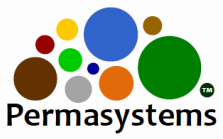

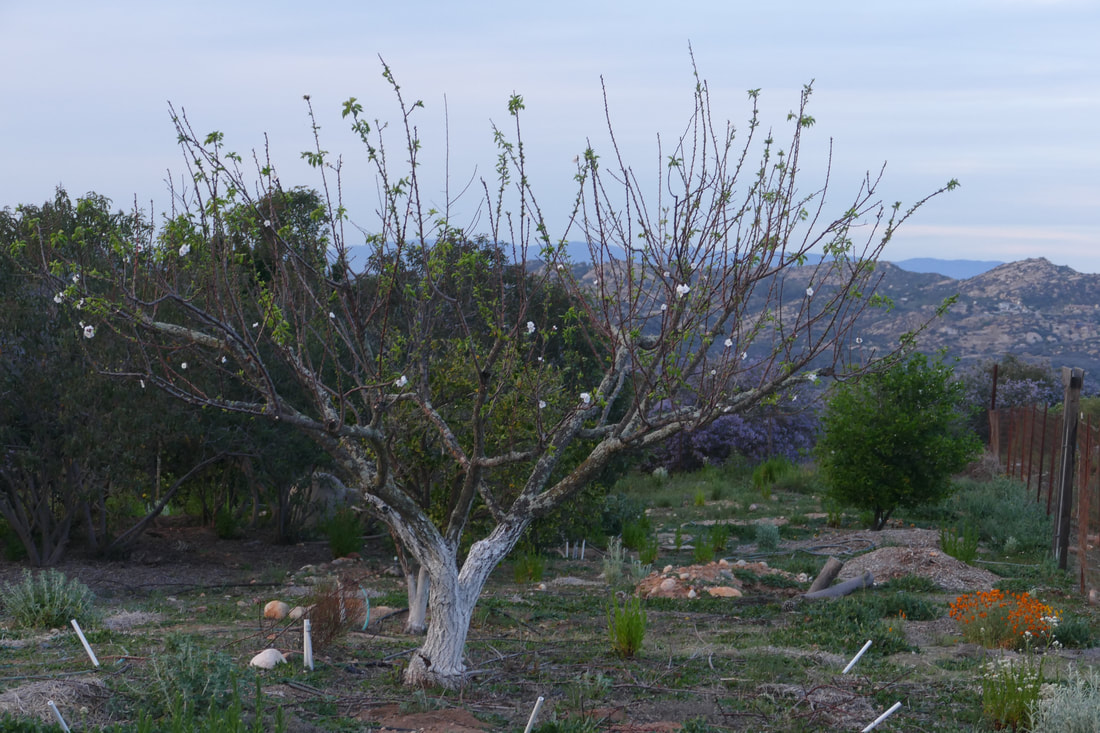
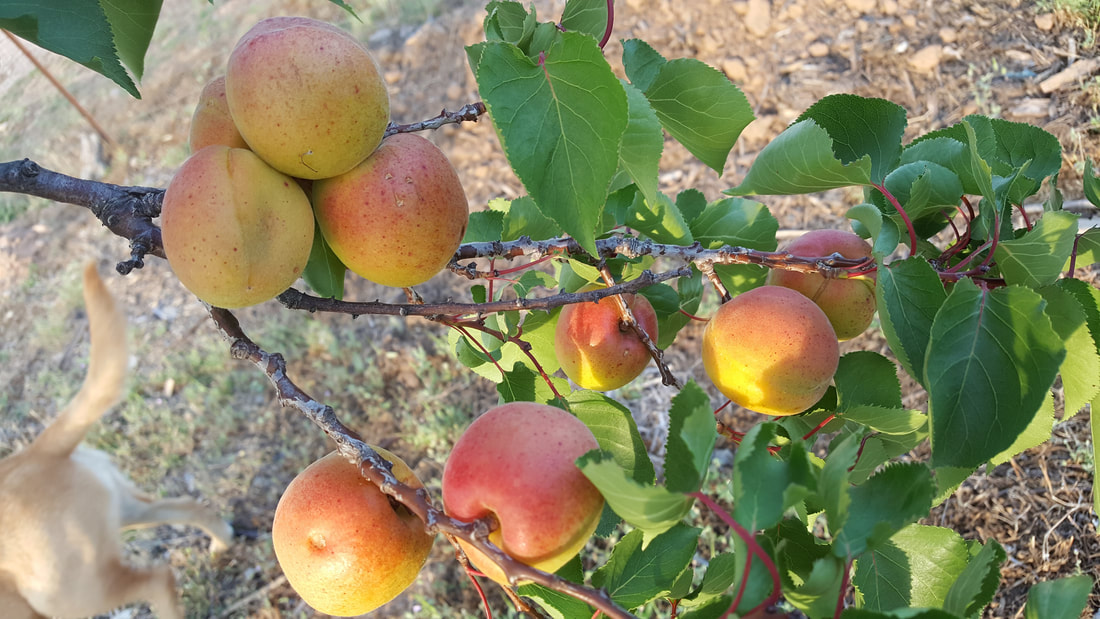
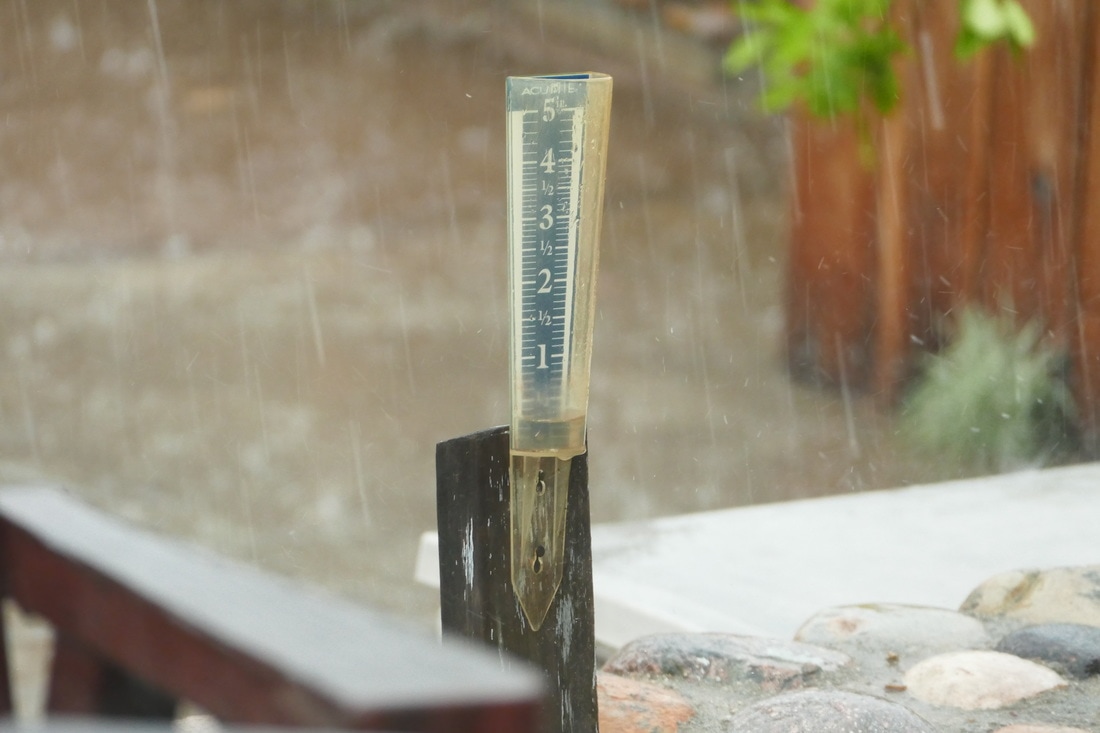

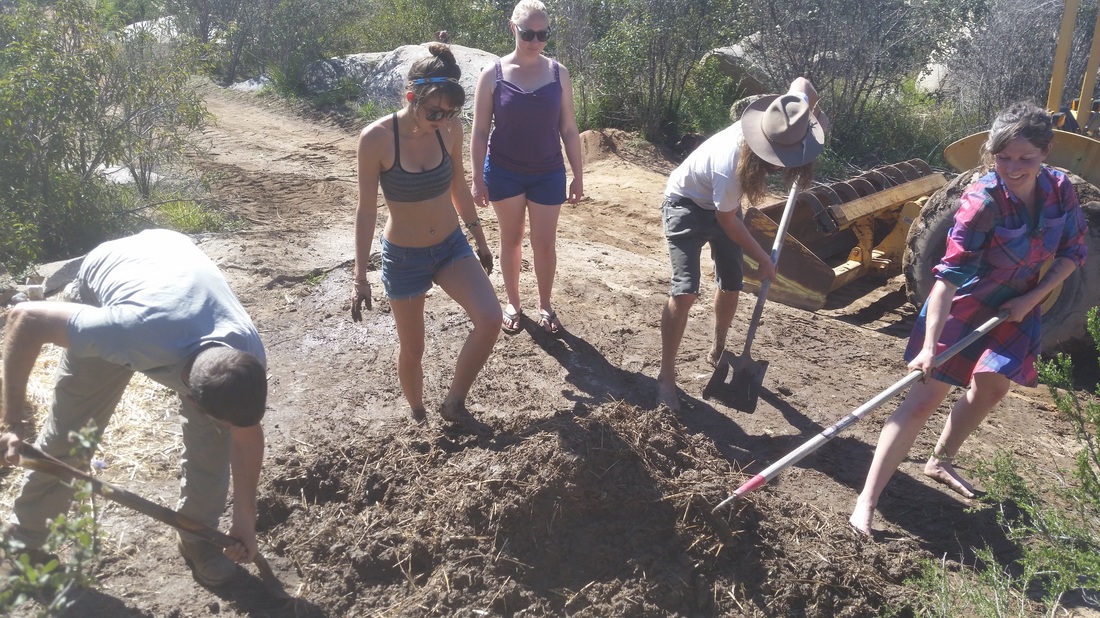
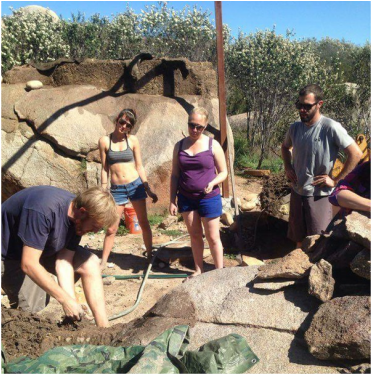
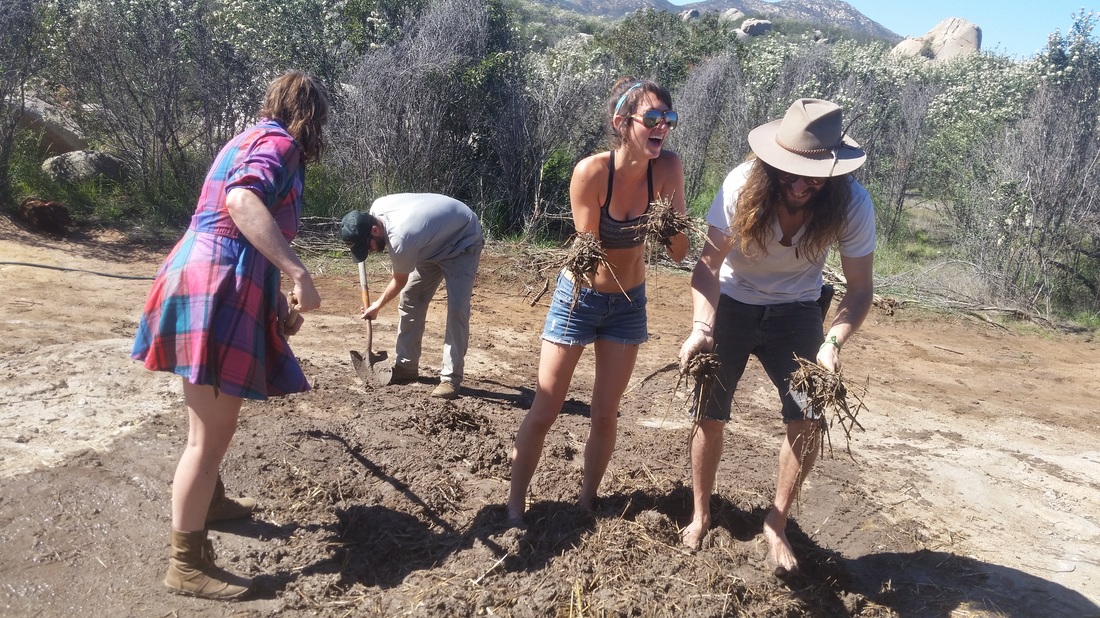
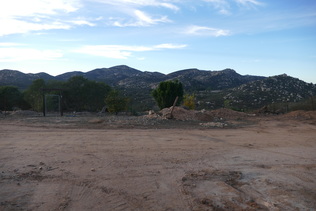

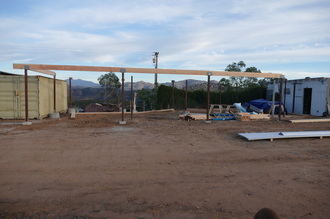

 RSS Feed
RSS Feed